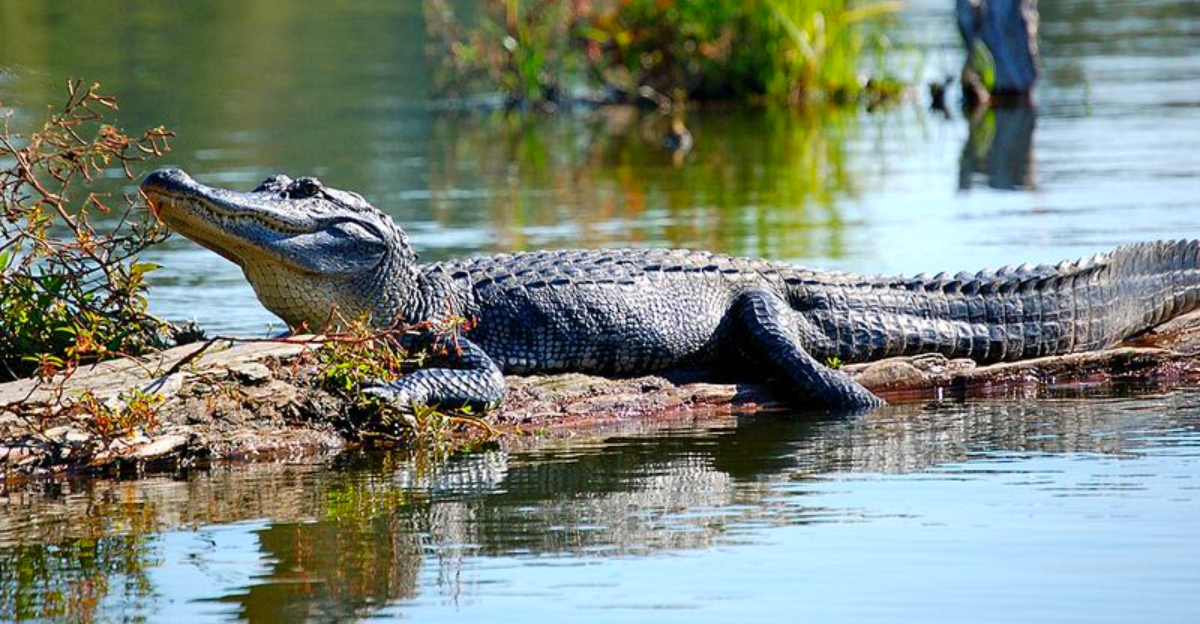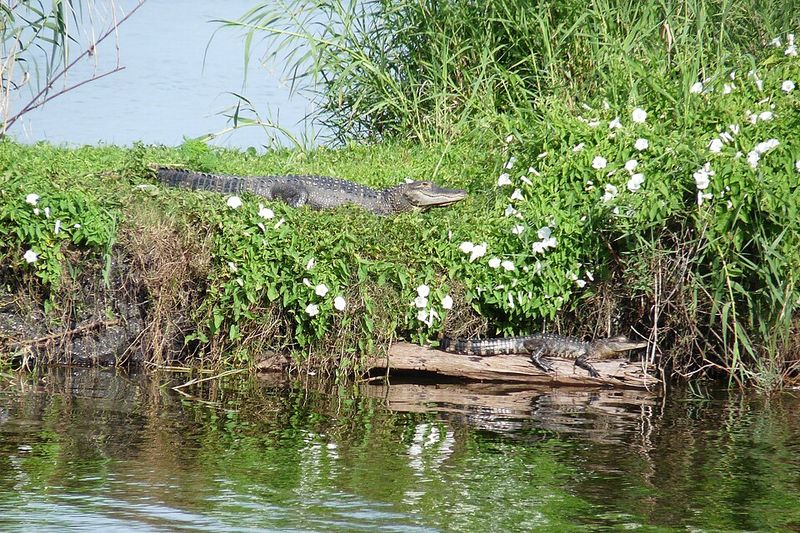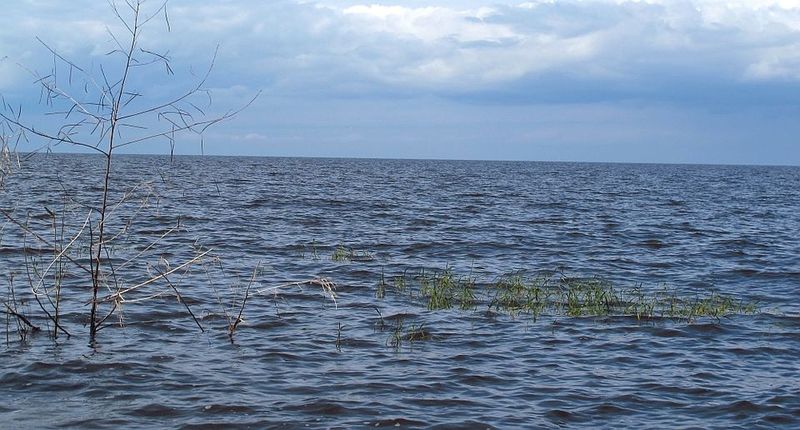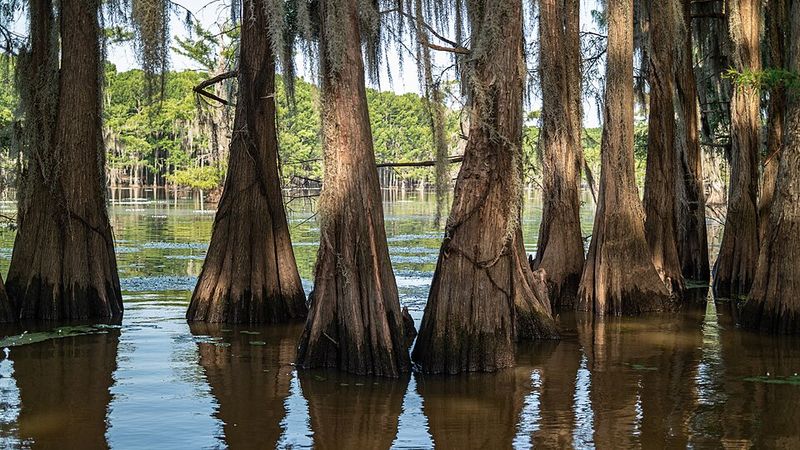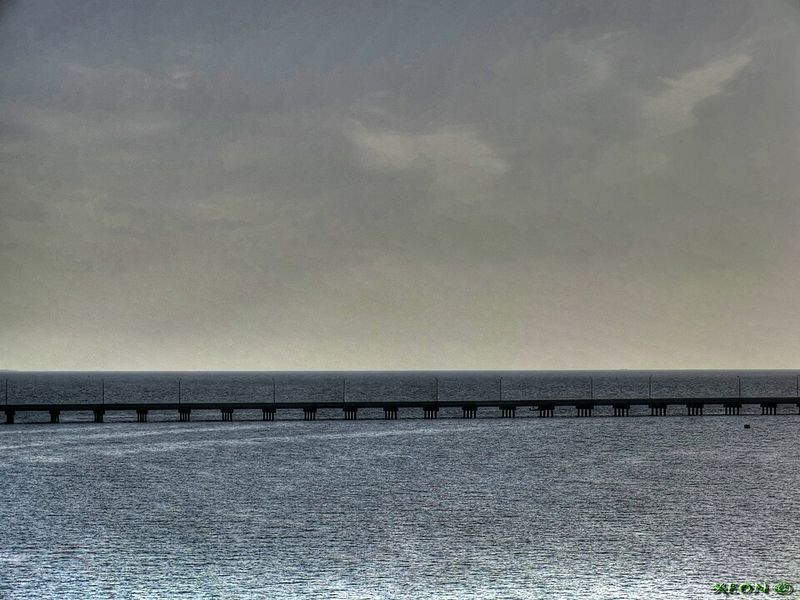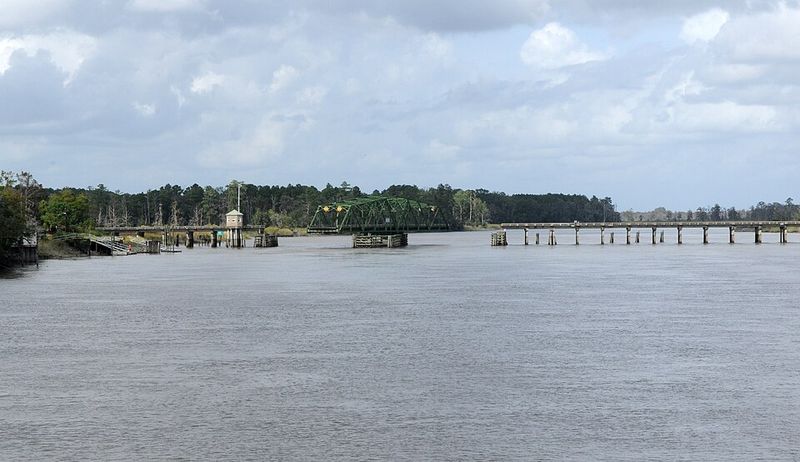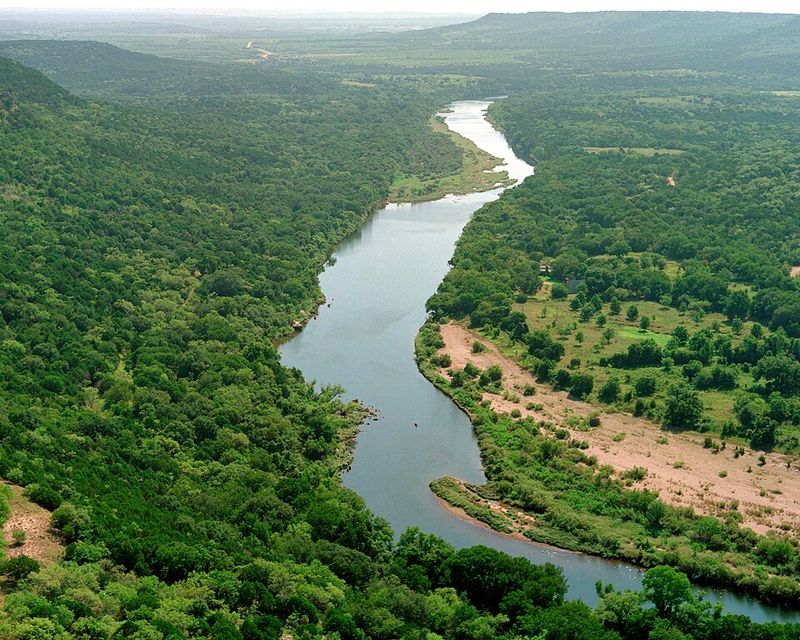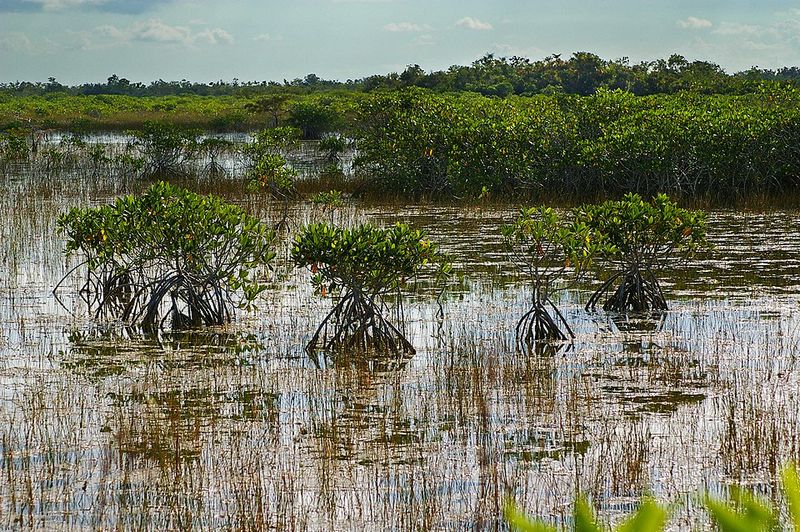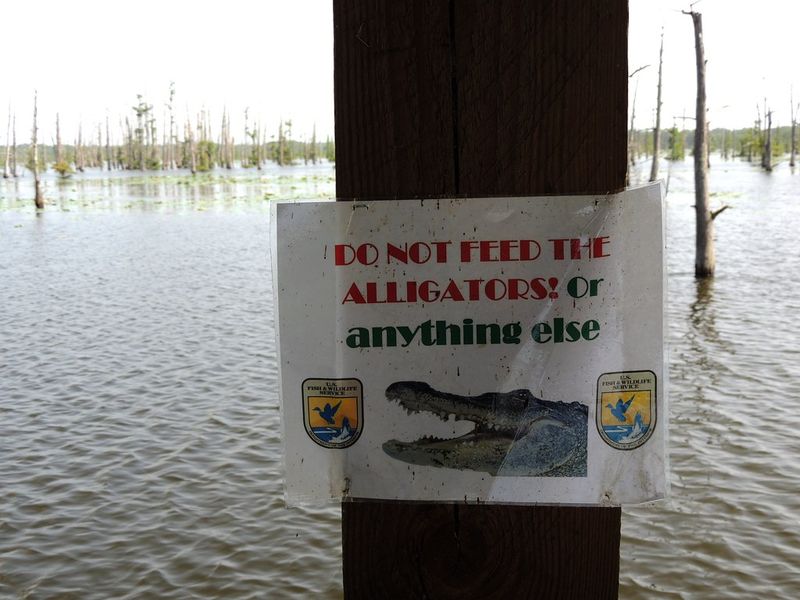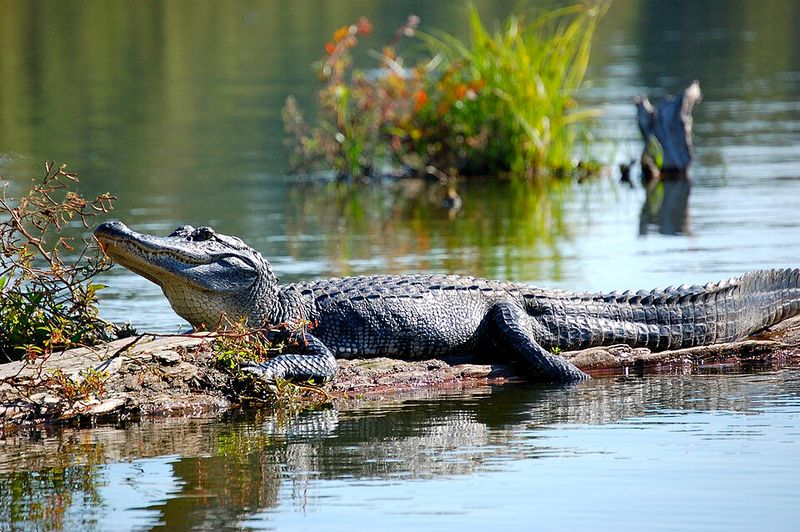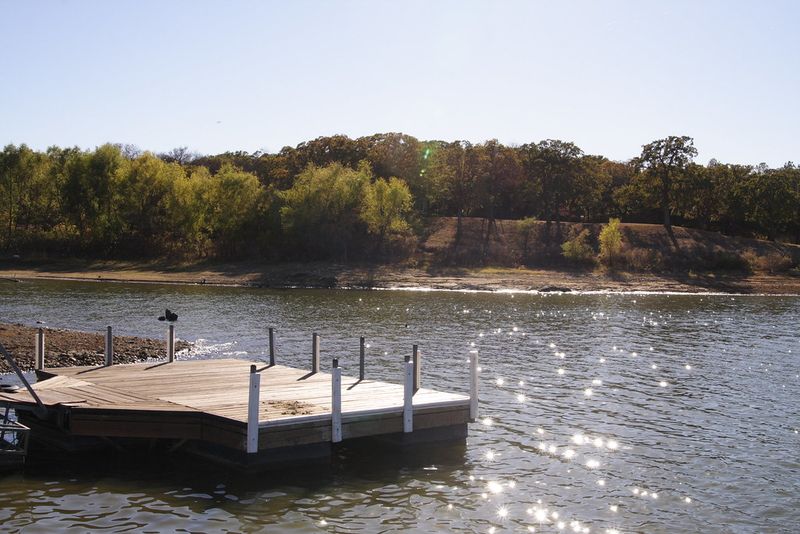Think you’re ready for a brush with America’s most ancient apex neighbors? These waters hide more teeth than a dentist’s nightmare, and locals would rather you kept your toes far from the shoreline. From Spanish moss–draped bayous to sun-baked lakes, each destination offers unforgettable encounters – if you’re bold enough. Read on to discover the ten gator-heavy spots where caution isn’t optional – it’s survival.
1. Lake Jesup, Florida
Lake Jesup is often called the Alligator Capital of the World for good reason: thousands of gators patrol its tea-colored waters and sawgrass edges. Airboats skim along shoreline sloughs where reptiles sun on half-submerged logs. Locals know to keep dogs leashed, hands inside boats, and dusk strolls extremely short. While wildlife tours provide safe vantage points, solo paddling demands heightened awareness. Summer heat concentrates activity near inlets and shallow flats. Birdlife is superb, drawing photographers who must balance curiosity with caution. The vibe is raw, wild, and unmistakably Floridian—equal parts thrilling and humbling.
2. Lake Okeechobee, Florida
Florida’s inland sea, Lake Okeechobee, sprawls across marshes and rim canals where alligators glide like living periscopes. Anglers chase bass in cut-throughs and peppergrass, but locals never dangle hands at the gunwale. The Herbert Hoover Dike trails offer views into lily-choked shallows where gators loaf and lurk. Remote backwaters hold the highest densities, especially during warm, still mornings. Photography is stellar, yet awareness is non-negotiable—keep distance and avoid feeding wildlife. Storm surges and fluctuating water levels shift gator activity zones. It’s big-water adventure with a prehistoric chaperone.
3. Caddo Lake, Texas/Louisiana Border
Caddo Lake’s cathedral of bald cypress and Spanish moss conceals a labyrinth where alligators thrive. The tannin-stained water and maze of bayous are beautiful and deceptive—visibility is low, banks are soft, and logs sometimes blink. Kayakers slip through lily fields, keeping paddles quiet around nests and basking giants. Spring brings hatchlings and protective mothers; fall offers ethereal mist and easy sightings. Local guides interpret subtle cues: ripples, bird alarm calls, and sunning spots. This is prime habitat, a wilderness of roots and shadows where patience rewards visitors with unforgettable encounters—at a respectful distance.
4. Pascagoula River, Mississippi
The Pascagoula River meanders through wild, undeveloped corridors where alligators patrol oxbows and backwater sloughs. Its slow current and abundant forage create ideal conditions for big reptiles. Paddlers favor quiet tributaries at dawn, when gators surface like driftwood with eyes. Locals recommend sturdy boats, wide berths, and zero food temptations. Nesting season narrows safe approach distances dramatically. Birders note herons and ospreys as telltales of fish-rich pockets that also draw gators. Expect serene, ancient feeling water—and sudden reality checks when a tail thumps or a jawline breaks the sheen.
5. Savannah River, Georgia/South Carolina
Along the Savannah River’s braided channels, freshwater mingles with marshy edges that suit alligators perfectly. Anglers and birders share levees with stealthy reptiles basking near rice-field remnants. Urban proximity around Savannah can mislead visitors—wildness begins just beyond the boat ramp. Changing tides influence gator positioning in creeks and backwaters. Local advice is straightforward: give mothers with hatchlings space and never clean fish near the waterline. Winter sun draws gators onto exposed banks, making sightings frequent. It’s a living lesson in coexistence, where Southern charm meets ancient reptilian patience.
6. Brazos River, Texas
The Brazos snakes through prairies and bottomlands where alligators appear in select stretches, especially near oxbows and marsh-fed tributaries. While densities aren’t extreme, encounters spike during warm spells and low-flow periods. Anglers and paddlers report quiet head rises near logjams and sandbars. Locals emphasize leashed pets, cautious shoreline approaches, and avoiding dusk launches. Flood cycles reshape habitat, redistributing gators into flooded timber and new cutbanks. Photography can be excellent after cold fronts when reptiles sun for warmth. The Brazos offers understated drama: broad skies, muddy water, and the subtle thrill of an eye-line surfacing.
7. Everglades National Park, Florida
The Everglades is the quintessential alligator sanctuary, a slow-moving river of grass where reptiles rule the food web. Boardwalks like Anhinga Trail offer safe, close views of basking gators, wading birds, and sawgrass horizons. Dry season concentrates wildlife into alligator holes, producing unforgettable scenes. Rangers warn against feeding or crowding—habituated gators become dangerous. Kayakers thread mangrove tunnels while eyes gleam from tannic pools. Storm season alters salinity and movement patterns, but sightings remain reliable. It’s a UNESCO-listed wilderness, both fragile and ferocious, showcasing the iconic reptile in its most famous stronghold.
8. Black Bayou Lake National Wildlife Refuge, Louisiana
Black Bayou Lake NWR blends quiet bayou waters with cypress-lined coves where alligators are frequent, photogenic residents. The refuge’s boardwalks and canoe trails slip past floating vegetation and reflective channels. Local etiquette centers on distance, no feeding, and extra caution at dawn and dusk. Spring hatch-outs mean vigilant mothers; winter sunshine means prime basking on logs. Birdlife explodes here, from egrets to prothonotary warblers—often near the same edges favored by gators. It’s a peaceful, well-managed refuge with wild undertones, where each ripple might signal an armored presence.
9. Lake Martin, Louisiana
Lake Martin’s swamp is a photographer’s dream: moss-laden cypress, rookery action, and alligators draped along banks like living sculptures. Shallow flats warm quickly, drawing reptiles to bask within lens range—yet comfort zones close fast. Local guides help navigate seasonal water changes and rookery closures. Evening paddles reveal eerie bellows and glowing eyes. Never linger near nests or approach juveniles; mothers respond decisively. Spring and early summer produce peak encounters under brooding skies and heavy air. It’s Cajun country at its most atmospheric, equal parts serenity and primal presence.
10. Lake Lewisville, Texas
Lake Lewisville north of Dallas is a busy recreation hub where occasional alligator sightings stir big headlines. Marshy inlets, creeks, and undeveloped coves provide suitable pockets for these stealthy reptiles. While densities are lower than Gulf Coast wetlands, warm summers and stable water can draw gators into calm backwaters. Boaters should avoid cleaning fish at shoreline and keep pets out of reeds. Most encounters are brief, dawn or dusk, and best observed from a respectful distance. It’s suburban-meets-wild—a reminder that Texas lakes hold surprises beneath their sun-flecked surfaces.
